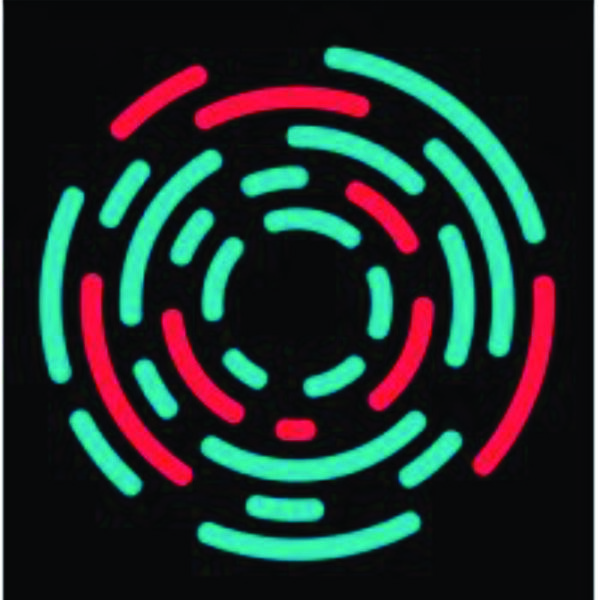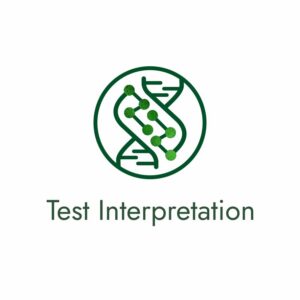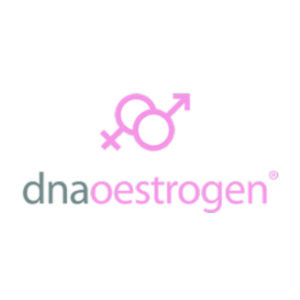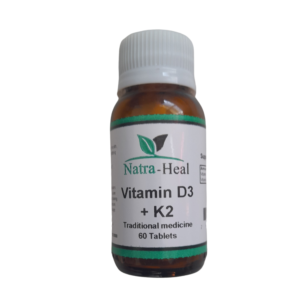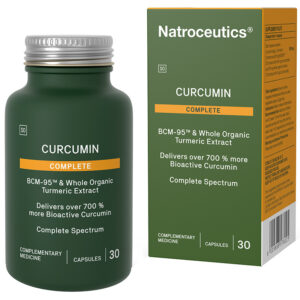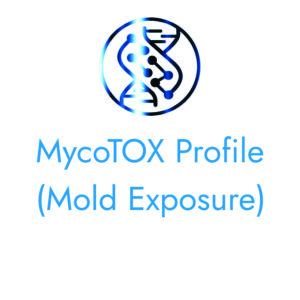GI-MAP® (GI Microbial Assay Plus) – DNA Stool Analysis by Quantitative PCR
In the last few decades, DNA analysis has transformed the field of microbiology. Almost all research of microbes utilizes DNA methodology. The National Institute of Health (NIH) has followed suit with initiatives including the Human Microbiome Project, which characterized the microbiome of 15 habitats of the body using DNA analysis. The GI-MAP comprehensive stool test was developed to provide practitioners a diagnostic tool that offers unmatched insight into a patient’s unique microbiome. The GI-MAP stool analysis evaluates the DNA of the organisms living within the gut using the most advanced qPCR technology for results you can rely on.
GI-MAP Enhanced with New Bacterial Biomarkers
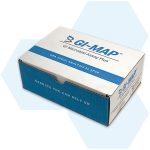 We’re expanding the GI-MAP to include five new bacterial biomarkers. The additions include keystone species and important groups that may impact health in a variety of ways, including: production of short-chain fatty acids, mucus metabolism, methane production, and promotion of anti-inflammatory regulatory T cells, and production of inflammatory LPS.
We’re expanding the GI-MAP to include five new bacterial biomarkers. The additions include keystone species and important groups that may impact health in a variety of ways, including: production of short-chain fatty acids, mucus metabolism, methane production, and promotion of anti-inflammatory regulatory T cells, and production of inflammatory LPS.
These markers will further enhance insights into gastrointestinal and immune health provided by GI-MAP DNA Stool Analysis.

